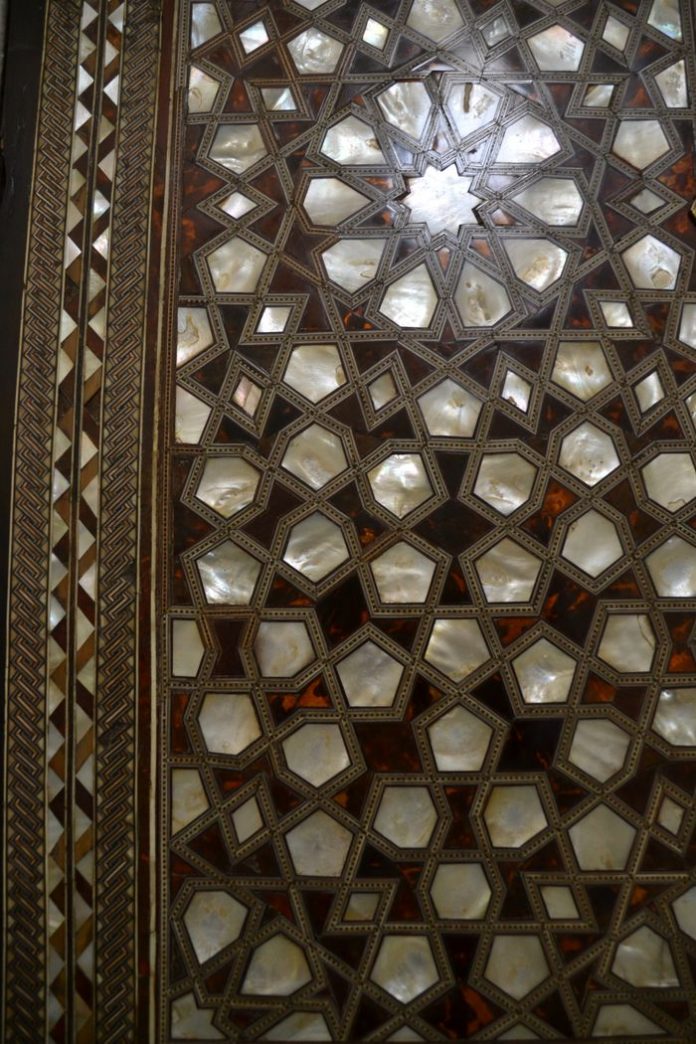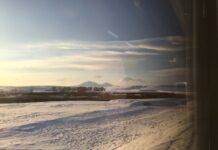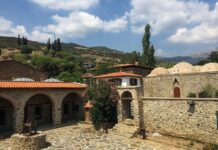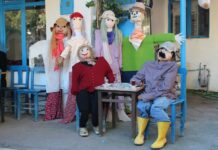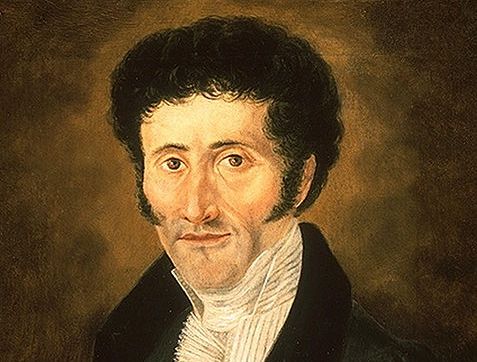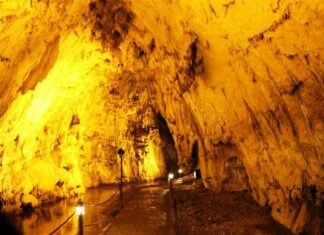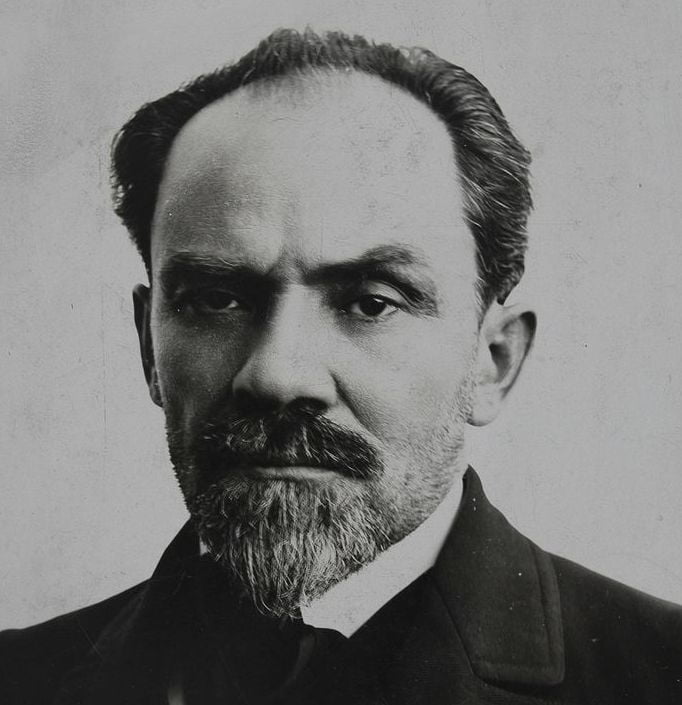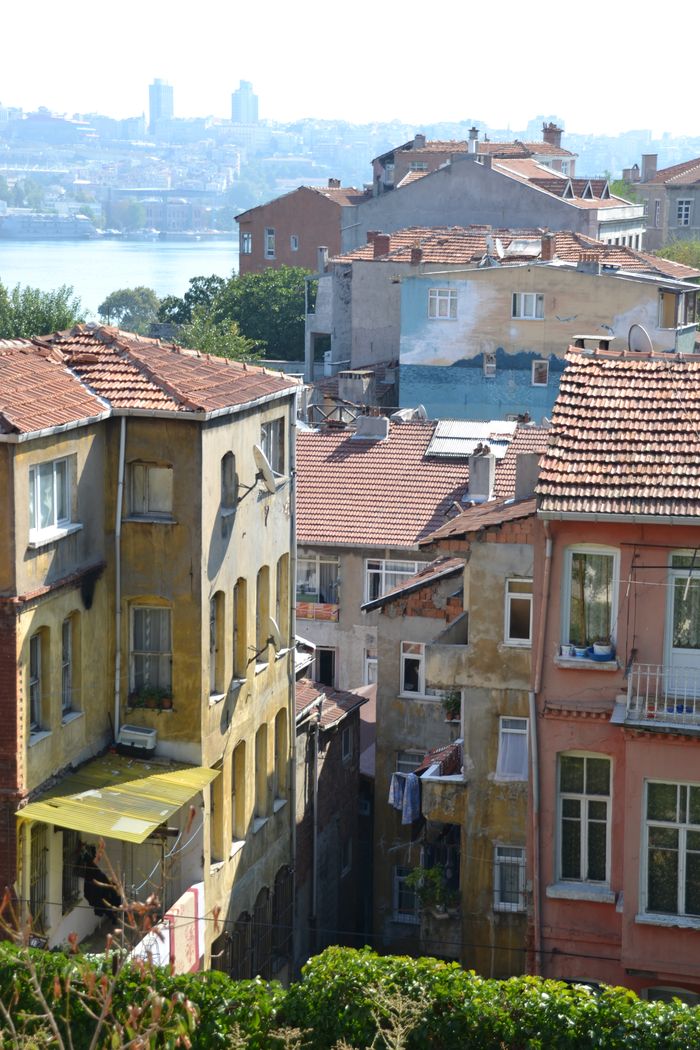Uncovering the Past
Exploring Ancient Streets and Buildings
Various parts of Ephesus have been uncovered, revealing historical streets and public structures:
City Market and Bouleuterion (Council Meeting Place)
Prytaneion (Meeting Quarters of Religious Authorities)
Roman Imperial Cult Sanctuaries
Tetragonos Agora (Trade Market)
Theatre for 24,000 Spectators
Inner-City Bath-Gymnasium Complexes
Late Antiquity Cathedral Marienkirche
The most significant building from late antiquity is the Marienkirche Roots of Pharmacy, a cathedral dedicated to the Virgin Mary. It stands on the site of the Olympieon, a temple honoring Emperor Hadrian, which was leveled around 400 A.D.
Public Library and South Gate Façade
Built around 110 A.D., the elaborate façade of the city’s public library, near the South Gate of the Agora, was constructed based on the wishes of Celsus Polemeanus. He was a former governor and a friend of Emperor Trajan. The library, reconstructed with private funds, has become a symbol of the city since its restoration in 1978.
Kuretenstraße and Civic Development
The Kuretenstraße, an ancient main road, connects the civic market-place with the commercial agora. Along its path are colonnades, public fountains, and monuments for citizens. Luxury homes of Ephesian society’s highest echelons were developed behind the road in the early imperial period Istanbul Tours.
Hanghäuser Complexes
Two civic domestic complexes, “Hanghäuser” 1 and 2, have been fully excavated since 1960. Hanghaus 1, covering 2800 m2, was a single residence, while Terrace Houses had seven multi-storeyed houses. Due to the excellent preservation of the building furnishings, a protective structure over the entire complex, covering 4000 m2, was completed in June 2000.
Ephesus Museum in Selcuk
Collections in Istanbul, London, and Vienna displayed findings until the early 20th century. Since 1906, all discoveries have remained in Turkey. The Ephesus Museum in Selcuk showcases sculptures, architectural elements, inscriptions, and small finds from the past decades’ excavations.
